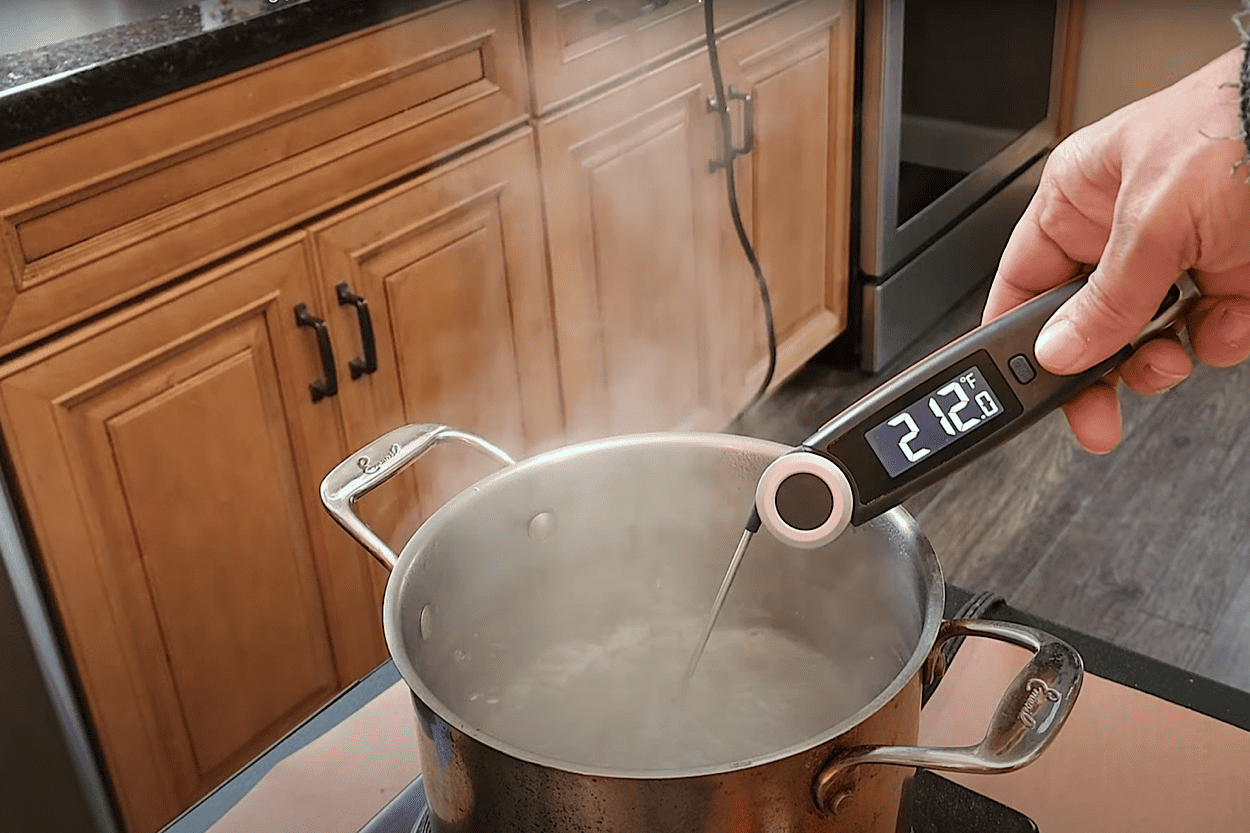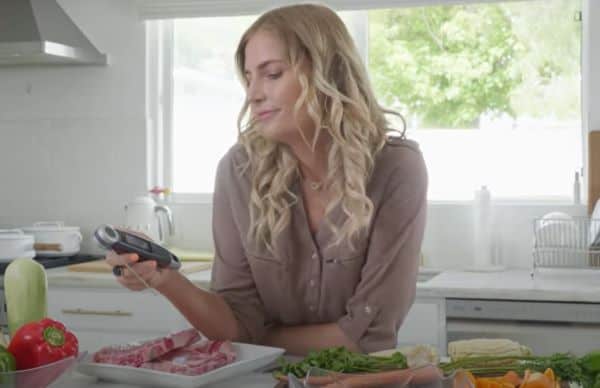
Thermometer Calibration for Cooking: Understanding the Process
A thermometer is an essential cooking tool that every home cook should have. Using a thermometer lets you determine the internal temperature of the food, ensuring it is cooked all the way through and is safe to eat. However, simply owning a thermometer is not enough to guarantee accurate temperature readings. Calibration is a critical process that ensures your device measures temperature correctly and accurately.
Explore the different processes of calibrating a thermometer. You can also learn to calibrate a thermometer to give you more confidence when cooking.
Why is Thermometer Calibration Important?
The accuracy of a thermometer is crucial in cooking. Even if you are a couple of degrees off, it can spell the difference between food that is safe to eat and that which can cause foodborne illnesses. On the other hand, overcooked food can be tough and dry and is not enjoyable to eat..
When a thermometer is not calibrated correctly, it can give inaccurate readings. Therefore, you must know how to calibrate a thermometer to a known standard to ensure accuracy.
Various factors can cause a thermometer to become inaccurate, such as rough handling or exposure to extreme temperatures. In addition, regular wear and tear can also result in inaccurate temperature readings.
You must also regularly calibrate your thermometer. The frequency of calibration depends on other factors.

Table of Contents
What Are the Risks of Not Calibrating Your Thermometer?
Table of Contents
Knowing how to calibrate a thermometer is very important because there are significant risks if you don’t. Temperature control is critical in the food industry. If a thermometer is not calibrated correctly, it can cause inaccurate readings. If the temperature is incorrect, it can be undercooked or overcooked. In addition, it can pose severe threats to public health as harmful bacteria could still be present in the food.
The food temperature can also impact your experience with the food. When overcooked, food can be dry, tough, and unappetizing. You also lose flavor, texture, and nutrients when you cook the food much longer than recommended.
Not spending time calibrating your thermometer can pose significant risks. You can prevent these risks by knowing when and how to calibrate a thermometer.
How to Calibrate a Thermometer
You can use a few methods to calibrate a thermometer. However, the two primary methods for calibration are the Ice Point Method and the Boiling Point Method.
These two methods are widely accepted as the most accurate ways to calibrate a thermometer. Let’s discuss the advantages and disadvantages of choosing each method.
-
Ice Point Method
The Ice Point Method for calibrating a thermometer measures the thermometer’s ability to read the freezing point of water (0 degrees Celsius). You will need a container filled with crushed ice and water.
First, fill the container with water and add the crushed ice. Next, insert the thermometer into the mixture. Ensure the stem is fully submerged without touching the sides of the container. Wait a few minutes and see if the thermometer registers 0 degrees Celsius.
The advantage of using the Ice Point Method is it’s easy to perform. You don’t need any special equipment to perform the test, yet it is reliable and accurate.
The disadvantage of the Ice Point Method is it only measures the temperature below the freezing point of the water. If you need to perform a test for a higher temperature, you’ll need to use the following method.
-
Boiling Point Method
The Boiling Point Method is for calibrating thermometers that measure above the boiling point of water or 100 degrees Celsius. Like the Ice Point Method, you don’t need any special equipment to perform this test.
First, fill a pot with water and bring it to a rolling boil. Once it’s boiling, you can insert the thermometer into the water while making sure it is not touching the sides. Next, you have to submerge the thermometer fully into the water. Wait for a few minutes until the temperature reads 100 degrees Celsius.
The advantage of the Boiling Point Method is that it is easy. In addition, it is an accurate way of testing your thermometer’s ability to read the temperature.
The disadvantage of the Boiling Point Method is that it can be dangerous. You must do it carefully or risk burning yourself. However, other calibration methods are more reliable and accurate. In addition, the results can vary based on altitude, which can impact the boiling point of water.
Other Ways to Ensure Accurate Temperature Readings
In addition to calibrating a thermometer regularly, you can take additional steps to ensure accuracy. Here are some tips to keep in mind:
- Each type of thermometer is unique, and they require different calibration methods. Therefore, knowing the proper calibration process for each type is essential to get the best results. If you’re unsure, always refer to the manufacturer’s instructions for calibrating a thermometer to ensure you’re doing it correctly.
- Always calibrate your thermometer after dropping it or when you see any signs of wear and tear.
- Please wait a few minutes after calibrating a thermometer before you use it. It will ensure that the thermometer works correctly and can read the correct temperature.
- It’s time to calibrate your thermometer if it’s been a while since you’ve last done so.
- Store the thermometer in a cool and dry place. Exposure to extreme temperatures can cause it to give inaccurate readings. Make sure to limit their exposure to extreme temperature fluctuations, although it is difficult since using a thermometer for cooking exposes it to extreme temperatures.
Conclusion
Calibrating a thermometer is vital in ensuring that your food is cooked to the correct temperature. It can also prevent foodborne illnesses and ensure you can enjoy tender and juicy meat.
You can follow the steps and methods mentioned here to calibrate a thermometer. It requires little time and effort but can have a significantly positive impact on your cooking process. That way, you can be confident that you’re reading the correct temperature.
Discover Other ChefsTemp Products
Discover more recipes and learn kitchen tricks by joining our cooking family on Facebook.
You may also like:















